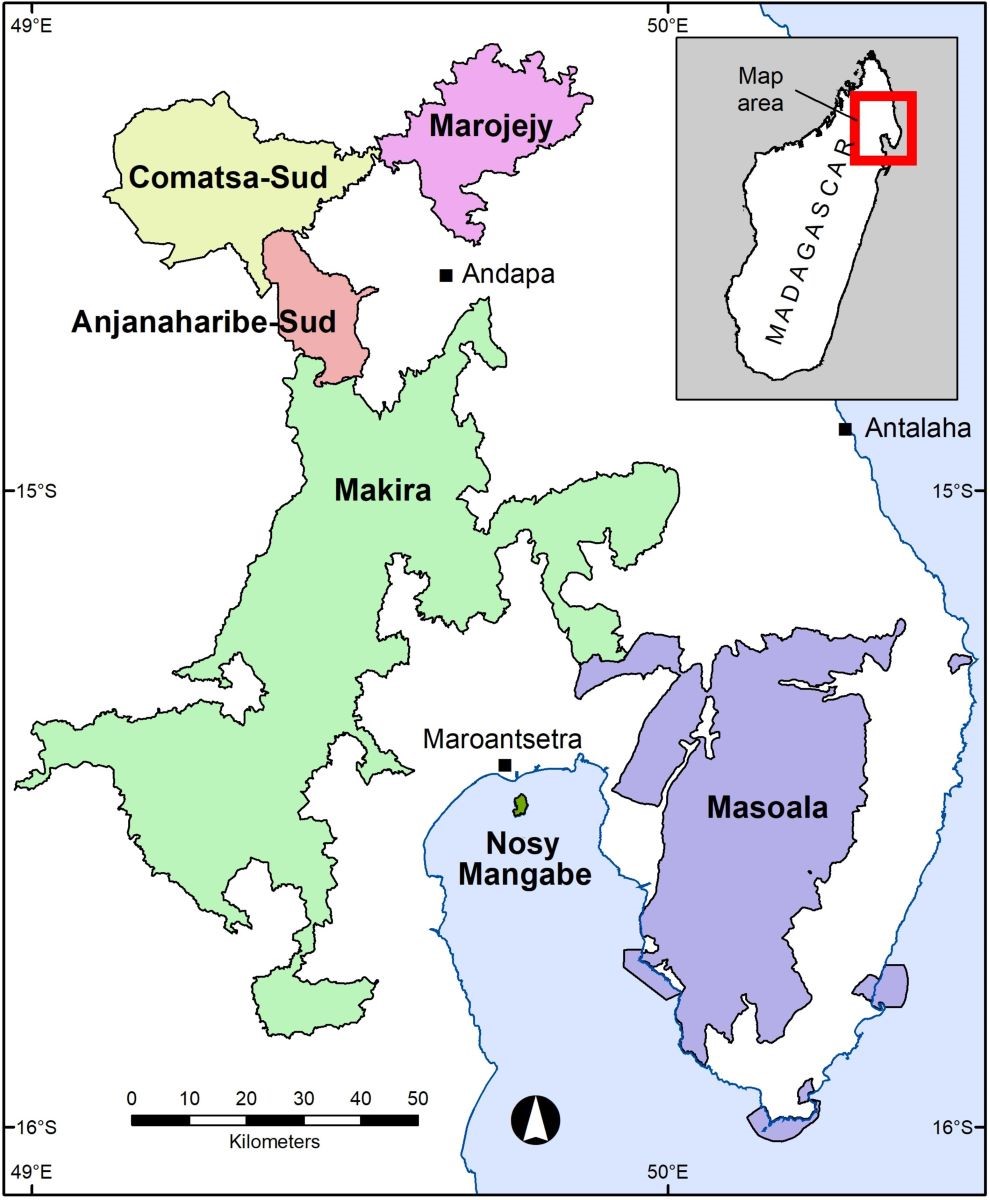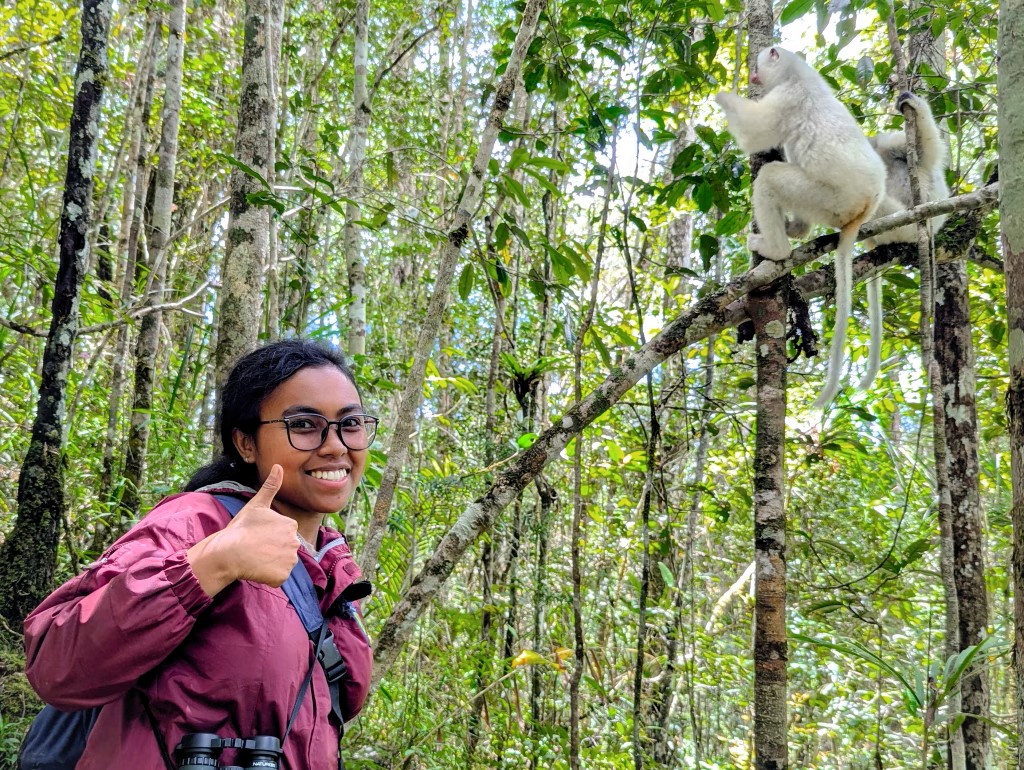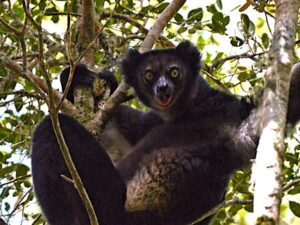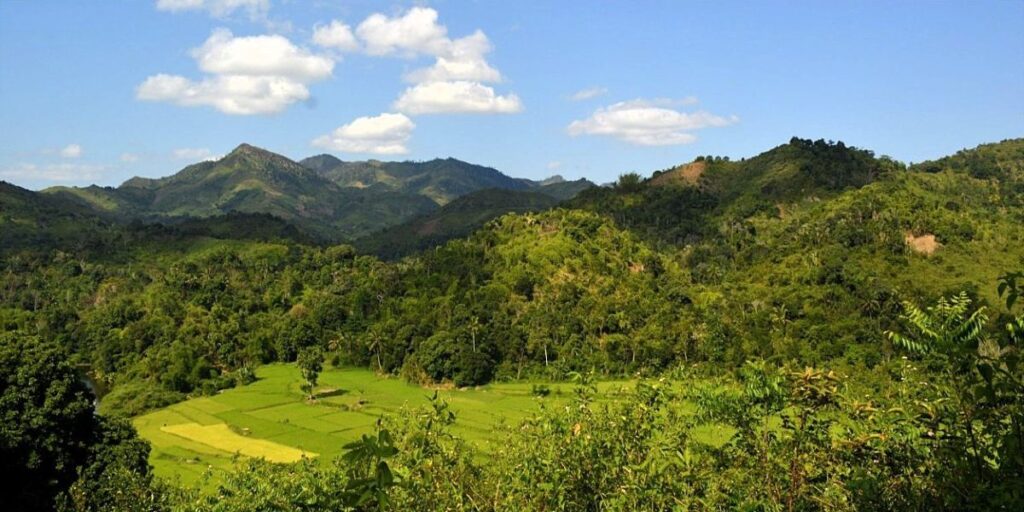An exquisite little video from Raherilala Oriel, with stunning aerial footage of Marojejy’s rainforests around the Cascade de Humbert and Camp Marojejia.
Author: Paul
The Rainforests of the Atsinanana (which includes Marojejy) were designated a World Heritage Site in 2007, and since 2010 have been listed as a “World Heritage Site in Danger” due to illegal logging and poaching of endangered lemurs. They have now been removed from the list of sites in danger.
While this might be seen as good news in one sense — allowing the Rainforests of Antsinanana to retain their important status as a World Heritage Site — we cannot ignore the fact that deforestation continues to be a serious problem in many areas, including Marojejy.
Read the IUCN press release here: https://iucn.org/press-release/202507/rainforests-atsinanana-madagascar-removed-list-world-heritage-danger
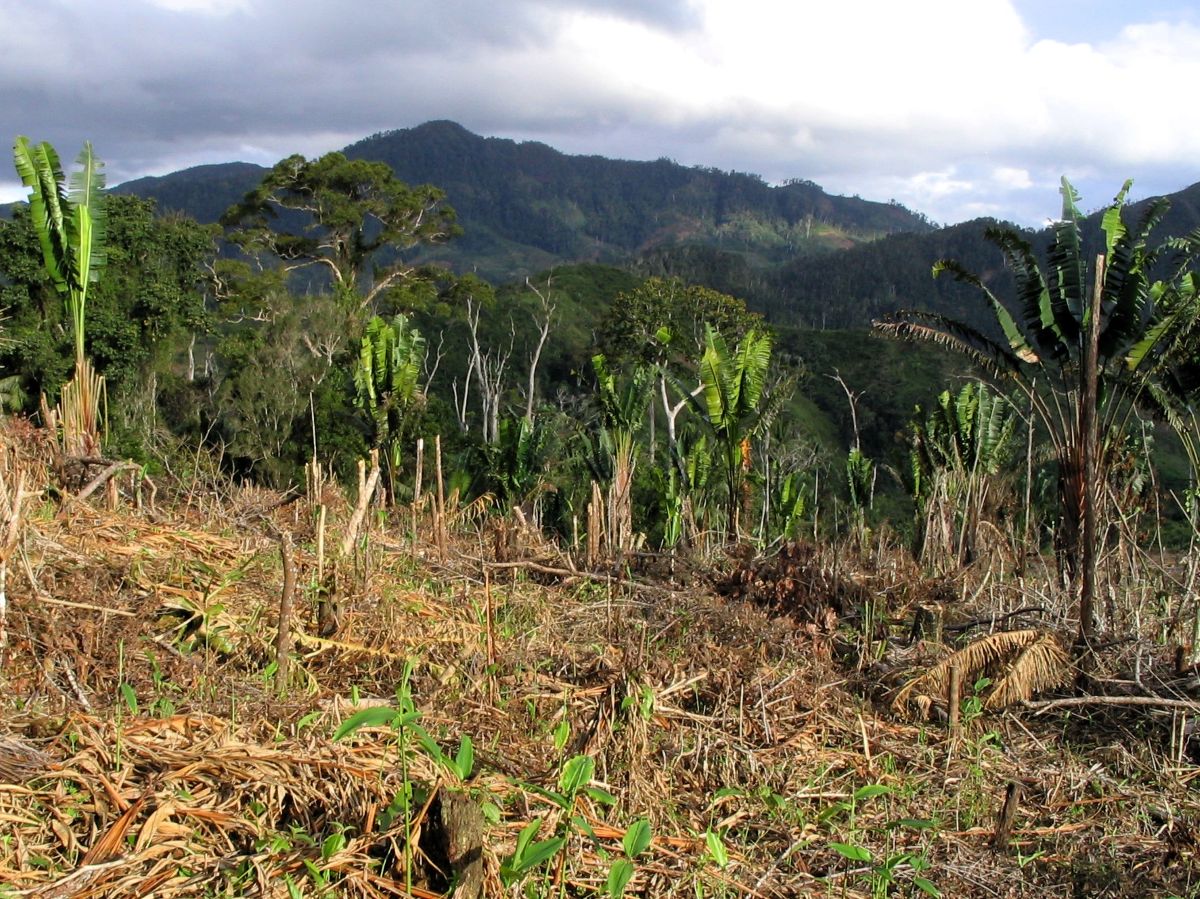
Two great accounts of work being done in Marojejy’s sister park, Anjanaharibe-Sud. Both articles give a good feel for this beautiful rainforest and its extraordinary wildlife. You can experience it, too — Camp Indri is definitely worth a visit. Please see our Anjanaharibe-Sud site for more information.
This must have been a truly magical trip: lots of time to absorb the sights and sounds of Marojejy’s incredible rainforest.
An important new study from an area around Marojejy National Park shows that introduced species of small mammals like rats in degraded forests could spread hantavirus and other pathogens to wildlife and people. Funded in part by the U.S. National Institute of Health and the U.S. National Science Foundation.
We are saddened to learn that the beautiful rainforests of Anjanaharibe-Sud have become the tragic scene of violence.
Article in L’Express de Madagascar: Un policier lynché par des exploitants illégaux
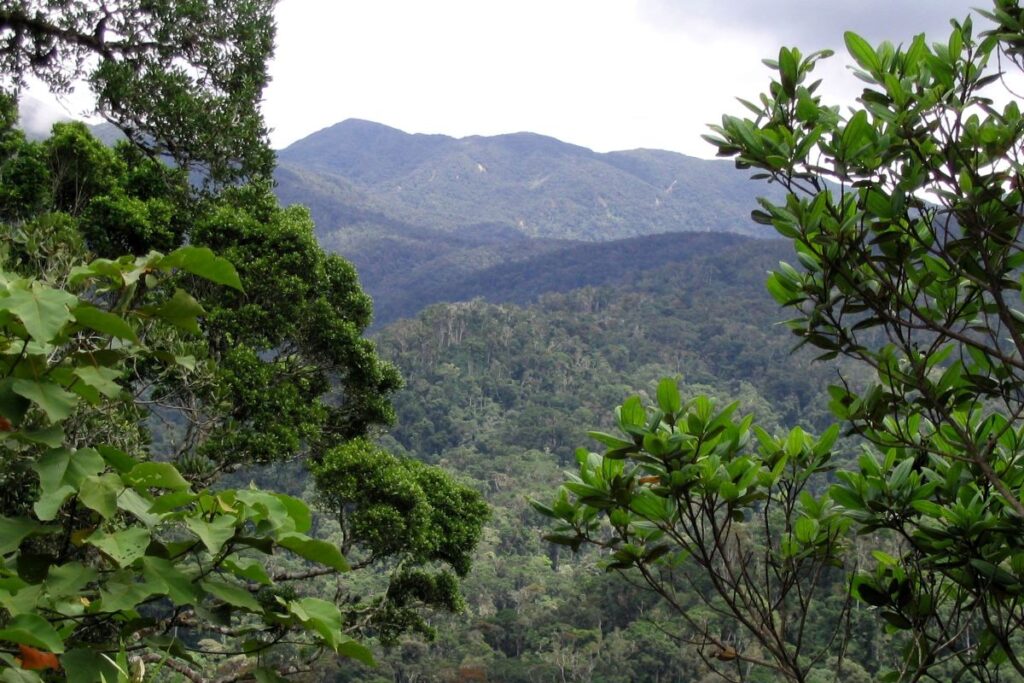
An informative presentation on rainforest regeneration in Marojejy. Thank you to Kat Culbertson of the University of California and to the Lemur Conservation Foundation for this important work.
Excellent information and great work!
It’s great to see more improvements being made to the camps in Marojejy. Many thanks to the Lemur Conservation Foundation and to the local guides and porters for maintaining this beautiful site!
A beautiful short video of the silky sifakas, indris and white-fronted brown lemurs in Marojejy’s sister park, Anjanaharibe-Sud — an uplifting message of hope. Thank you to Wildlife Madagascar for all you are doing.
Many thanks as always to the Lemur Conservation Foundation and its dedicated team of trackers for continuing this important work.
The Lemur Conservation Foundation recently posted some excellent camera-trap photos of wildlife in Marojejy’s sister park, Anjanaharibe-Sud. These are part of a fascinating study that is providing much new information on this incredibly biodiverse area. Many thanks to all the researchers and organizations involved.
Congratulations to Arnaud Joël Harisaina, Community Health Manager for the Lemur Conservation Foundation, who has successfully completed the Young African Leaders Internship program in South Africa, and who has conducted numerous family planning workshops in villages around Marojejy National Park.
Great news from our friends at Wildlife Madagascar, who are working collaboratively with Madagascar National Parks, the Lemur Conservation Foundation, and others to conduct forest monitoring patrols in Anjanaharibe-Sud Special Reserve. Many thanks to all for their efforts.
Recent genetic and acoustic analyses have revealed that the treefrogs once all lumped into the species Boophis marojezensis actually belong to eight different species. These newly described species — three of which are found at different elevations in Marojejy — have unique and distinctive calls resembling the beeps of electronic instruments, and thus have been named after captains of the Star Trek television series. May these little frogs all live long and prosper!
Read more about the study on Mark Scherz’s website, and in the journal Vertebrate Zoology.
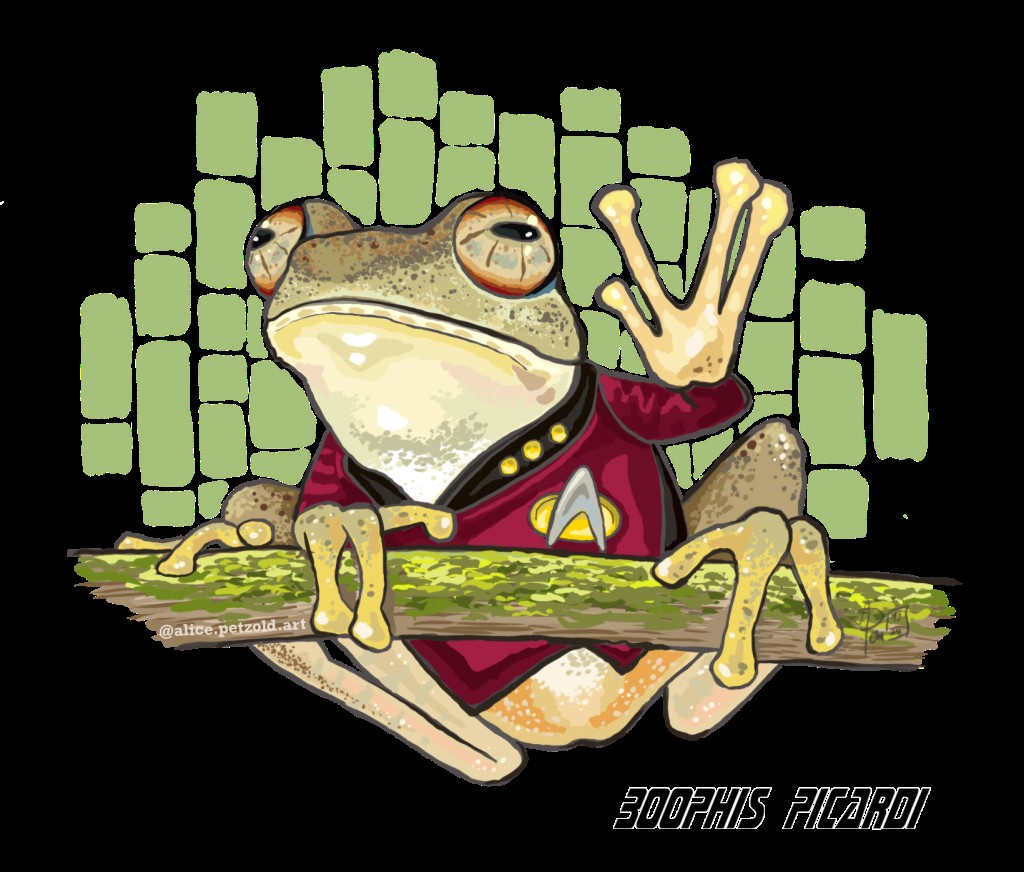
New publication by Patrick Ross: “Thin corridors limit wildlife: Variance of tropical carnivore distribution and habitat use in a critical rainforest corridor” in the journal Biotropica.
https://doi.org/10.1111/btp.13384
This manuscript sheds some light on the significant challenges faced by tropical carnivores in an increasingly narrow and critically important rainforest protected area of north-eastern Madagascar (COMATSA-Sud and Marojejy National Park).
By understanding the limitations these thinned corridors impose, we can better design and implement conservation strategies to preserve biodiversity and improve habitat connectivity.
With: Dr. Erik Patel, Rojo Nandrianina Ravelojaona, Charles Rasolondravoavy, Guy Irenel Raoloniana, Dr. Luke Dollar, Dr. Patricia Parker
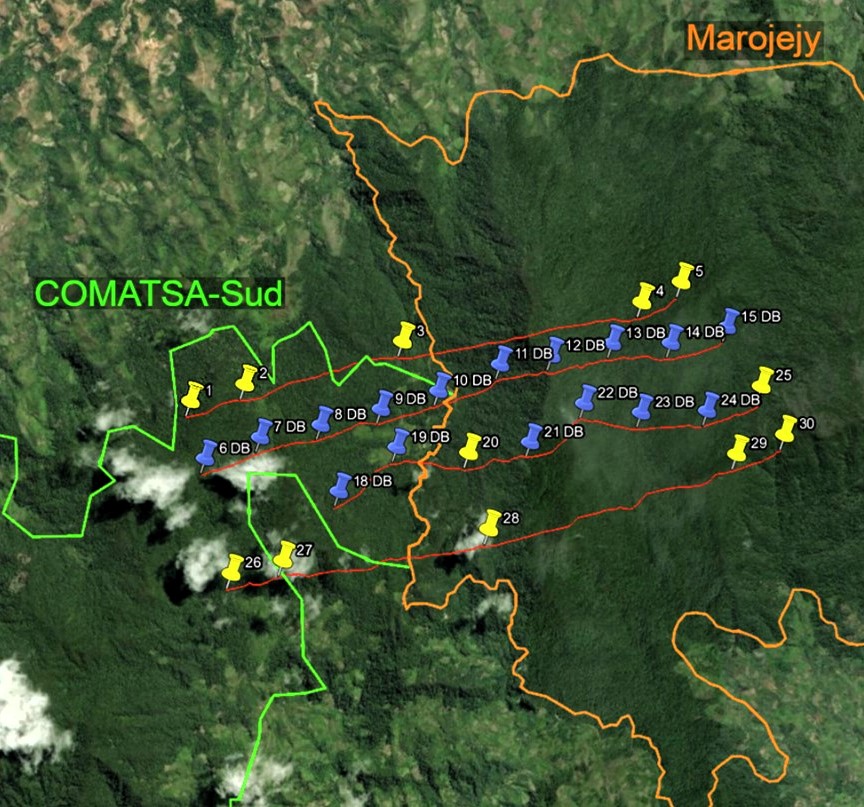
An entertaining and informative progress report on a new elevational gradient survey of birds, lemurs, plants and insects being planned in Anjanaharibe-Sud Special Reserve. This will be the first such study since an initial survey was conducted in 1994; it will be interesting to learn how things have changed during the intervening 30 years.
THE PATH UP THE MOUNTAIN – WILDLIFE MADAGASCAR
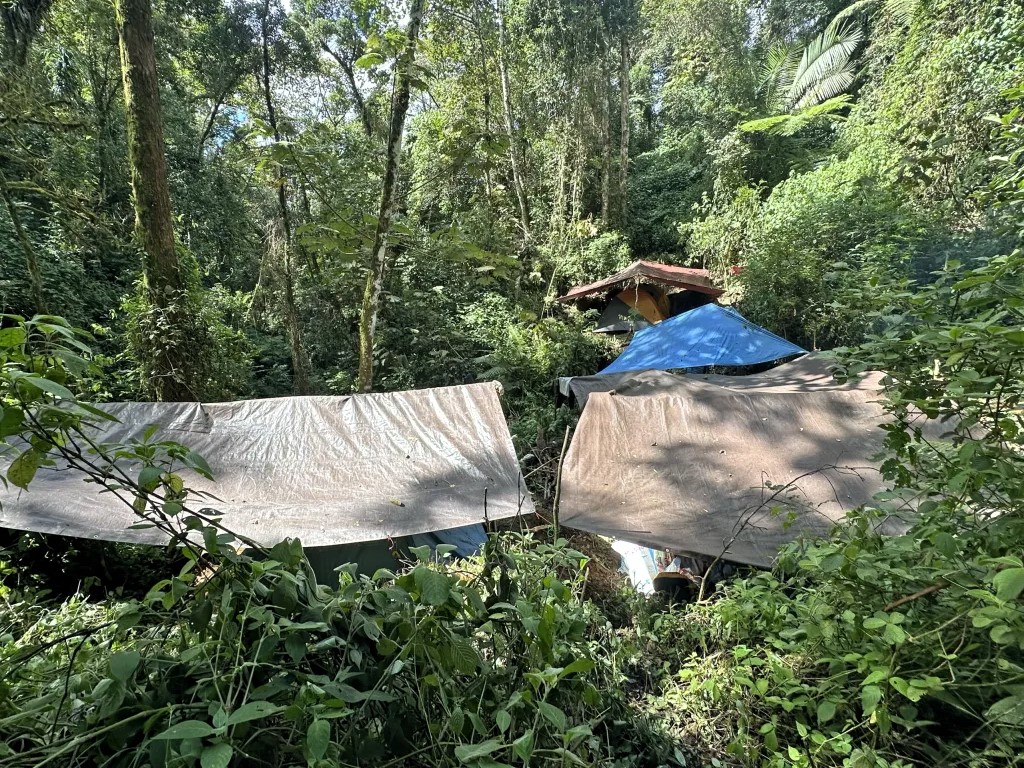
A good article on work that the organization Wildlife Madagascar is doing in Marojejy’s sister park, Anjanaharibe-Sud — with a great photo of our good friend, Rodolphe Randriamisaina, who has been on countless expeditions to the area over the past few decades, a true hero.
OF LEECHES AND LEMURS: SOCIAL RESEARCH IN AND AROUND ANJANAHARIBE-SUD – WILDLIFE MADAGASCAR
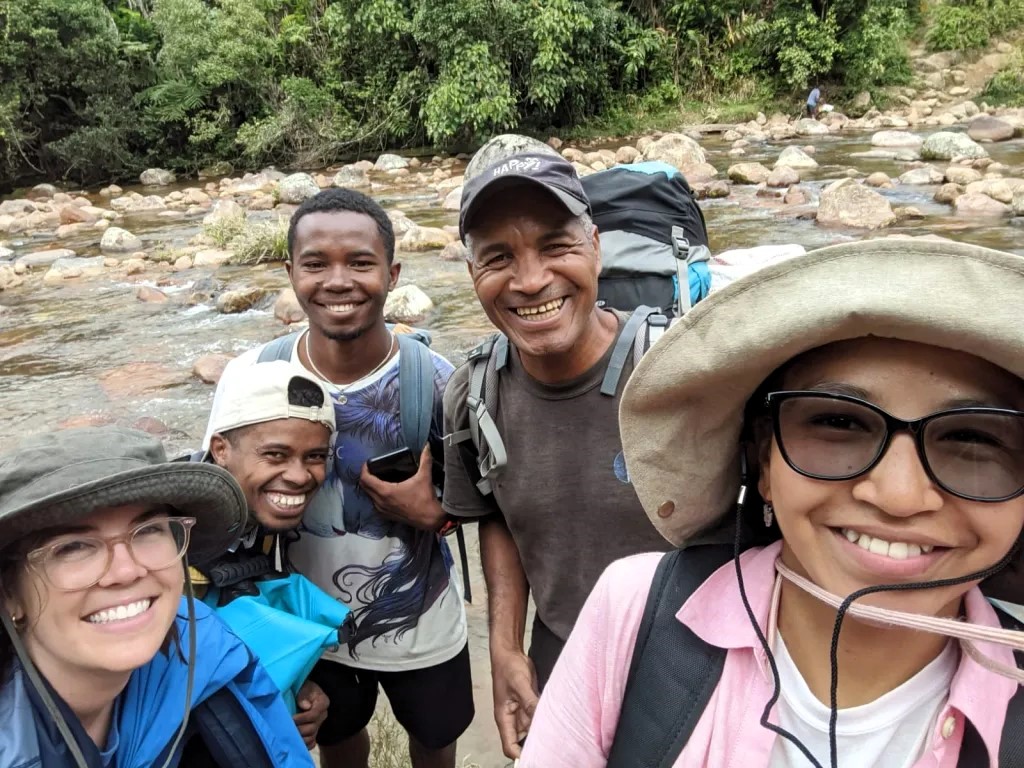
A recent expedition to Makira Natural Park found a number of species that had not been seen in decades and had been presumed lost to science.
https://waterjournalistsafrica.com/2024/07/presumed-lost-species/
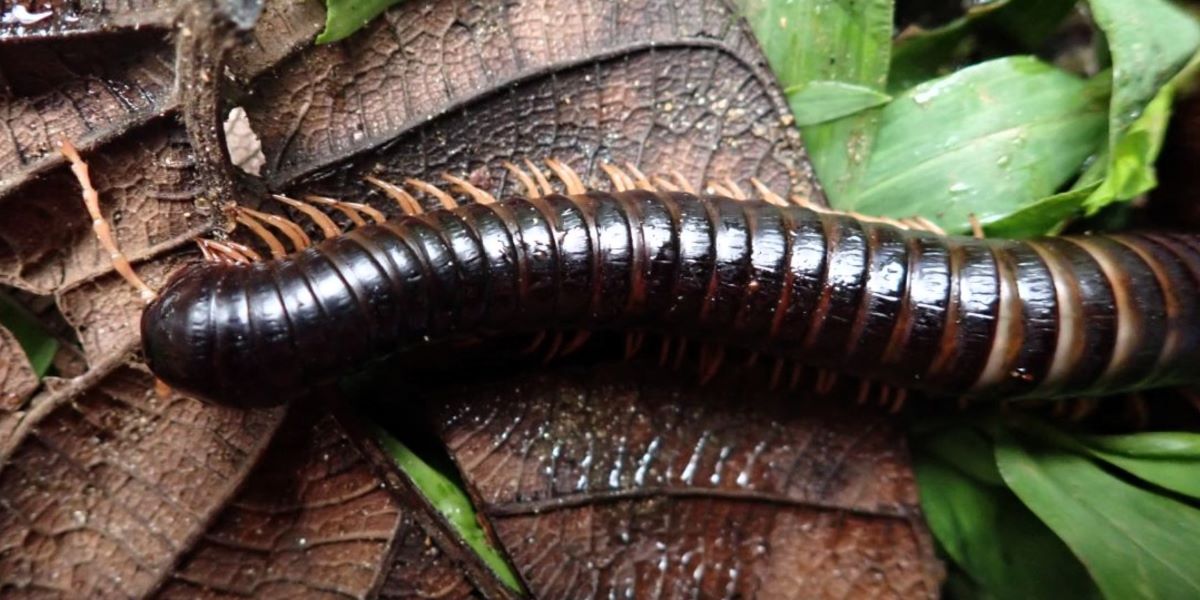
Makira is an extensive area of rainforest located just to the south of Marojejy and Anjanaharibe-Sud.
